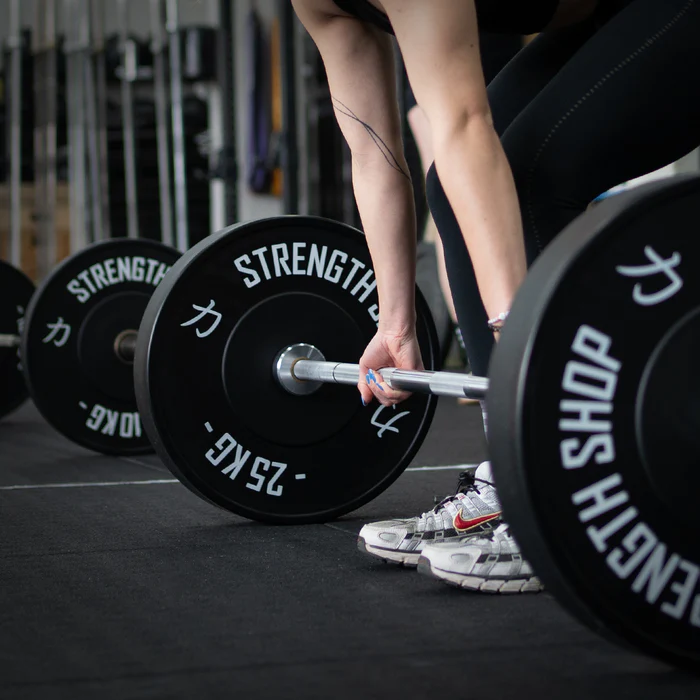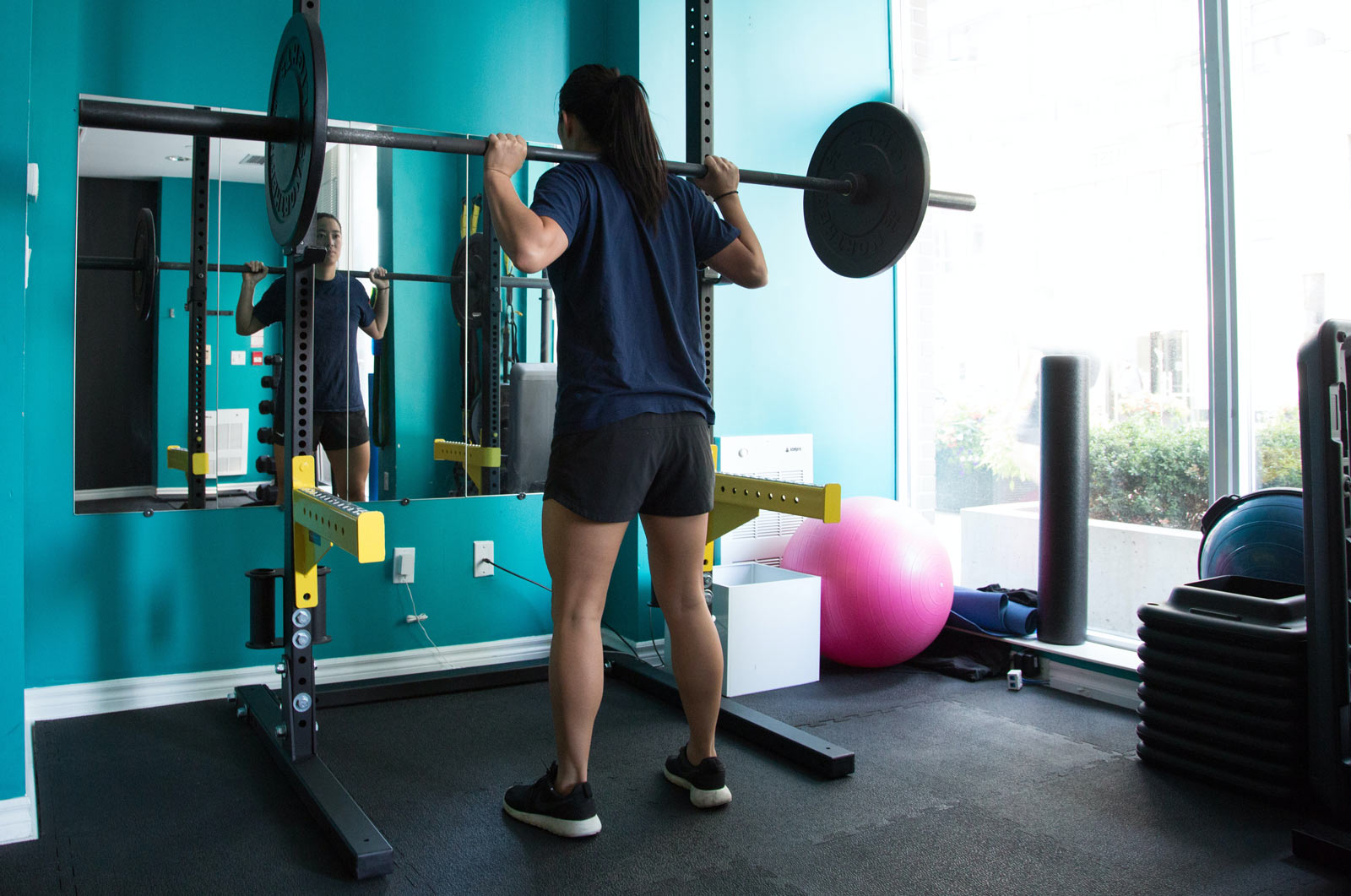Gym Phases and Terms Overview
Gym Phases Overview and Terms
Use this guide to review details of Phases and Terminology.
This guide will review and explain the focus of each gym phase, how it aligns with your sport training as well as terminology used within the resistance world. Make sure to take note of which phase you are currently training in and what specific instructions are being implemented.
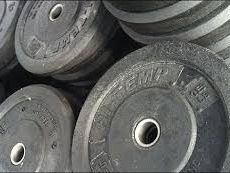
Muscular Endurance
Dr. Michael Yessis published the book, The Revolutionary 1×20 RM Strength Training Program, in 2014. Dr. Yessis felt the programs fell short developing general strength for beginner athletes.
General Strength is used for the following adaptations:
- Basic athletic movement patterns like squat, hinge, press, row, lunge, and rotation
- Strengthening in all the major vectors like lateral, horizontal, vertical, and rotational
- Muscular strength and endurance
- Strong connective tissue (ligaments, tendons, etc)
- Improved circulation especially to the joints
- Avoid injury
Muscular Endurance will include a lot of different full body exercises preformed in 3 different ways:
- 1 set of 25 reps with little rest between each exercise.
- 2 sets of 25 reps preformed in a circuit formate. Completing 1 full set of all exercises with little rest between each exercise, then 3 minutes of complete rest followed by another circuit of all exercises 25 times.
- Cluster sets. These are micro sets within each set of reps. example would be 5 sets of 5 reps with 10 second rest in between to equal 25 reps.
Hypertrophy
Hypertrophy is defined as the increase in volume of an organ or tissue due to the growth of its component cells, and we’re primarily referencing skeletal muscle hypertrophy. Simply put, we’re talking about add muscle.
Here are four major components to consider when hypertrophy is the goal:
- Getting as close to failure as possible as many times as possible, and as often as possible due to the size principle
- The bar speed has to slow down (force-velocity relationship)
- Maximum Effort
- Maximum Velocity
We will utilizes different approaches to hypertrophy training. They include:
- Super-sets
- TUT: Time under Tension or “Tempo”
- Unilateral exercises
- Bilaterial exercises
These terms are defined further in the document.
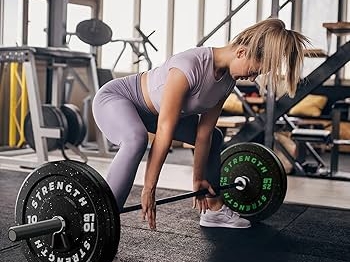
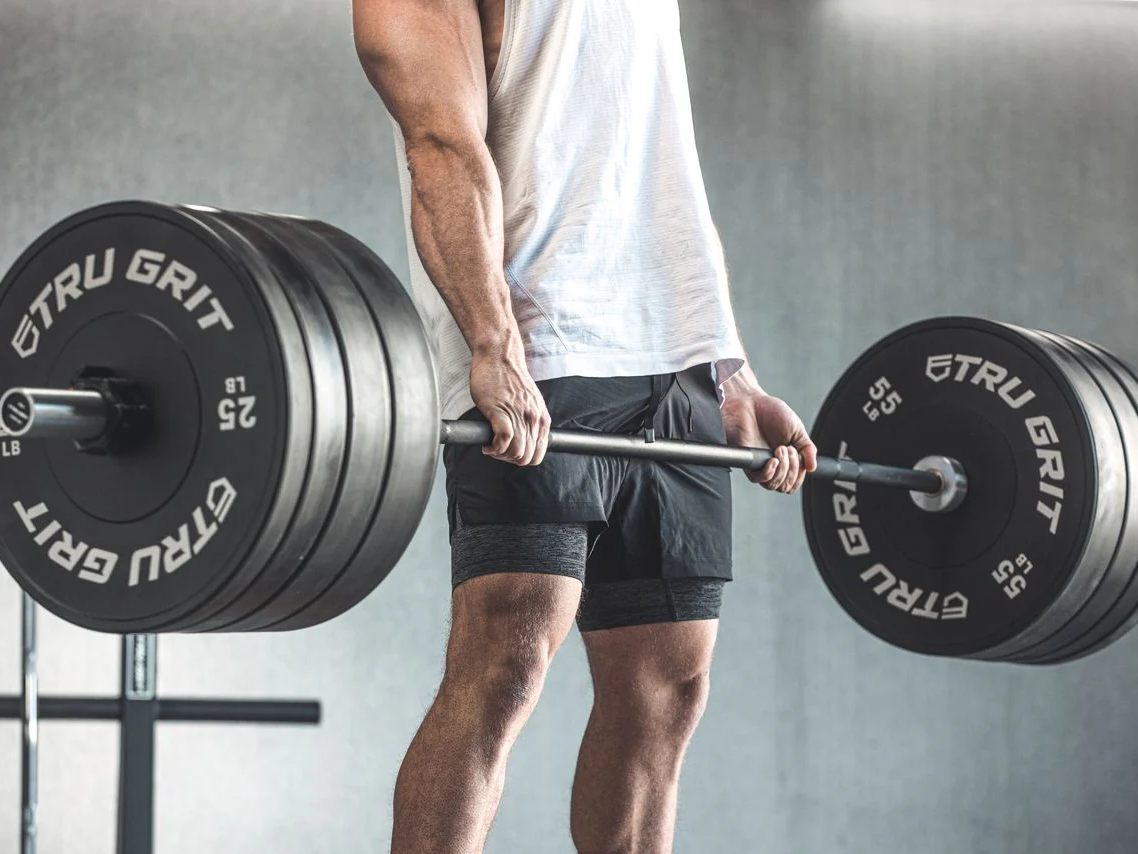
Max Strength
Max Strengths goal is to maximize force production, any learn to recruit the maximum amount if high threshold motor units. To improve this ability, an athlete must practice lifting with maximum intent to recruit those larger and more explosive muscle fibers.
Load lifted will be heavy and as close to max as can be. The bar speed will be slow and focus will be on pushing into the ground or bench with maximum rate of force.
- Compound lifts will be the focused exercises, as well as derivatives of these lifts.
- Sets are 4 to 5 and reps are low 4-7.
- This phase will also be completed using a push-pull day methods multiple days per week.
Strength-Speed
Since power is a key determinant in the performance of many sports, optimizing an athlete’s power production is of great importance.
Strength-speed refers to moving relatively heavy loads as fast as you can.
Strength-speed exercises are not deemed to deliver peak power output and they lean more towards strength than speed. The timeframe required to produce exercises for strength-speed is shorter than maximal strength but longer than peak power. Example exercises include Olympic lifts at 80-90% of 1RM.
When thinking in terms of the Force-Velocity Curve, strength-speed uses a load of 80-90% of 1RM therefore is high on the force scale and low on the velocity scale.
If you only train maximal strength, you will become strong but not fast. If you only train maximal speed, you will become fast but not strong. Train BOTH and you will become powerful!
- Olympic lifts (snatch and clean) are the most commonly used movements in strength speed work.
- Workout will start with slower heavier (force)lifts and progress to light faster (velocity) lifts
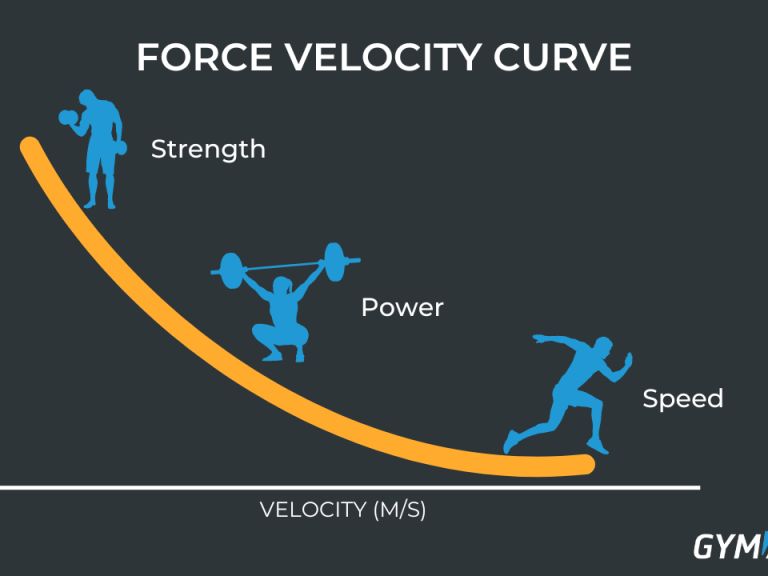
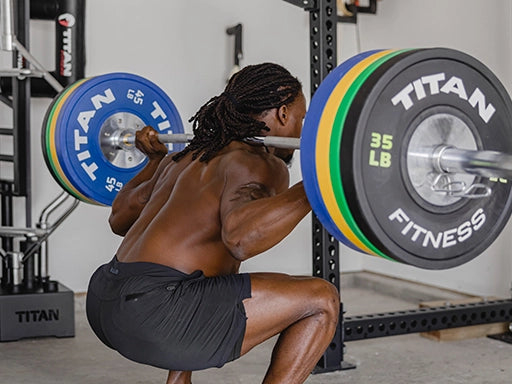
Power
Muscular Power or Explosive Strength is a combination of force and speed. It’s the trait you need when you want to be strong and fast. Power can only be increased by increasing strength or speed (or both), you should focus on these two parameters in training.
Focus of this phase include
- Ballistic Olympic style lifts
- Partial lifts using starting pins
- decreasing the eccentric phase and emphasizing the concentric phase with maximum intent.
- Addition to plyometric training exercises
Sets are 3-5 and reps are very small with 3-5 each. Long rest phases between sets and maximum focus and drive for each repetition.
Kettlebells
Kettlebells are an extremely versatile and powerful way to work out
- Focus on velocity strength movements: meaning Power
- Improved range of motion. Large movements with kettlebells help loosen up the joints and maintain flexibility, which reduces the risk of injury.
- Both cardio and strength. While significantly improving your strength, you’re also getting a solid cardio workout with kettlebells.
- Improved functional strength. Kettlebell workouts involve using everyday movements that mimic everyday life activities such as lifting heavy bags, pulling open heavy doors, and reaching things that are up high.
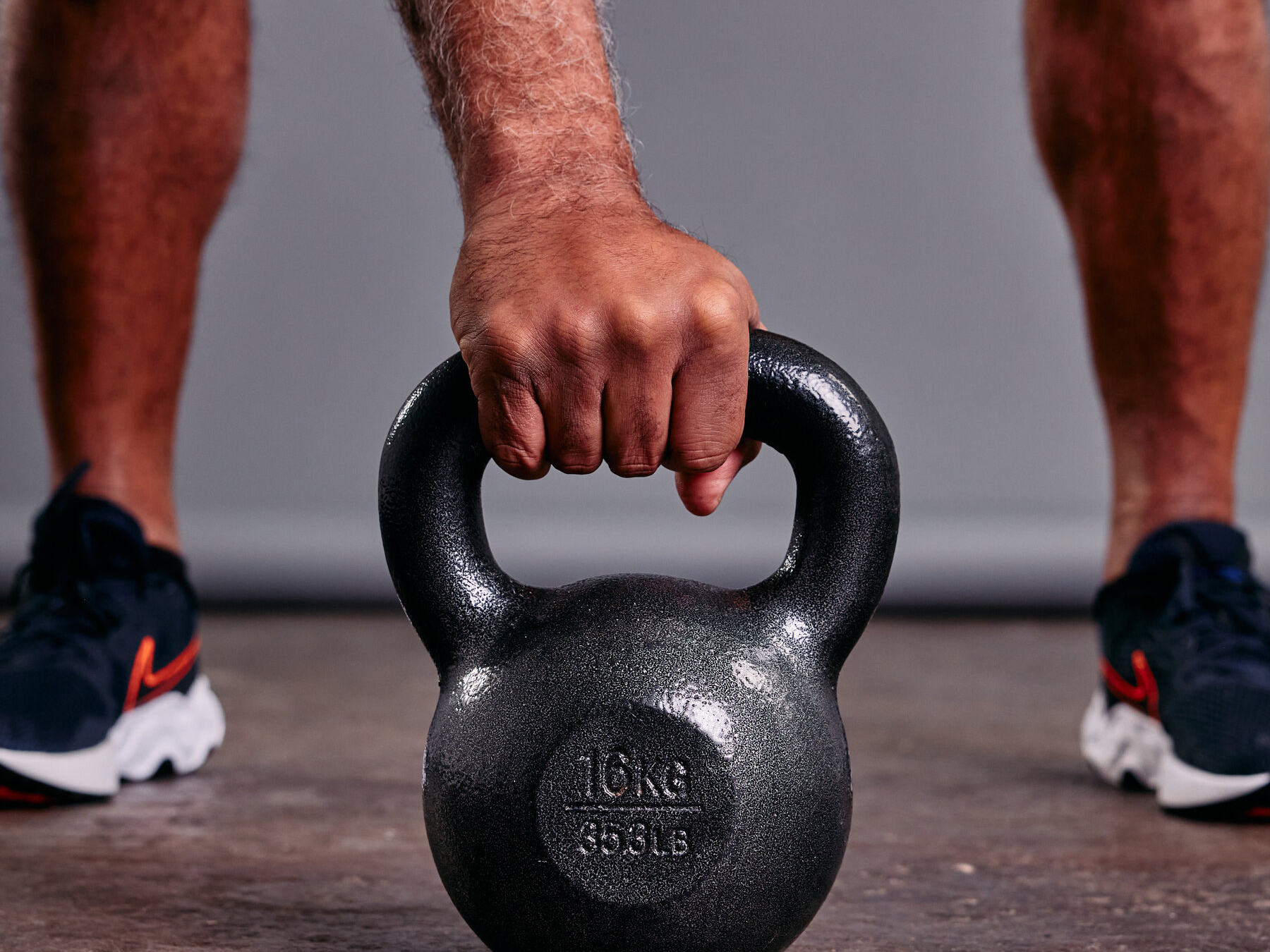
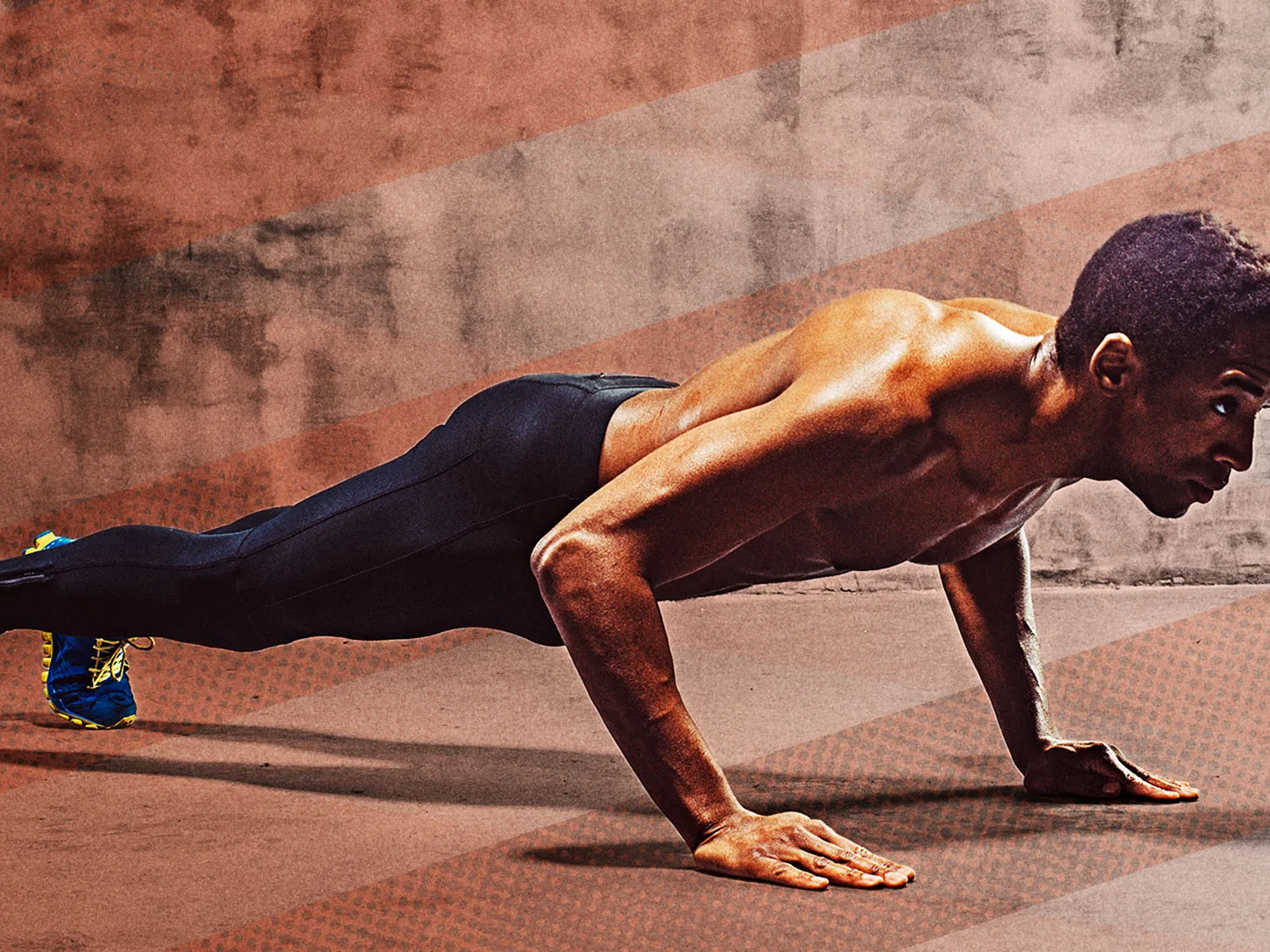
Maintance
The Maintenance phase is exactly what it sounds like—maintaining your fitness. This phase is typically prescribed during rest or recovery weeks in your training plan. The focus is on full-body resistance workouts designed to elevate your heart rate, improve your range of motion, and keep your body active.
During these workouts, the goal is to stay engaged while keeping things light and refreshing. Avoid counting reps or sets rigidly. Instead, use a comfortable weight and follow a loosely structured workout plan. Most importantly, have fun, break a sweat, and keep yourself mentally fresh and motivated.
TRX
TRX is a form of suspension training that uses body weight exercises to develop strength, balance, flexibility and core stability simultaneously. It requires the use of the TRX Suspension Trainer, a performance training tool that leverages gravity and the user’s body weight to complete the exercises.
- very portable
- easy to set-up
- makes for a quick full body workout
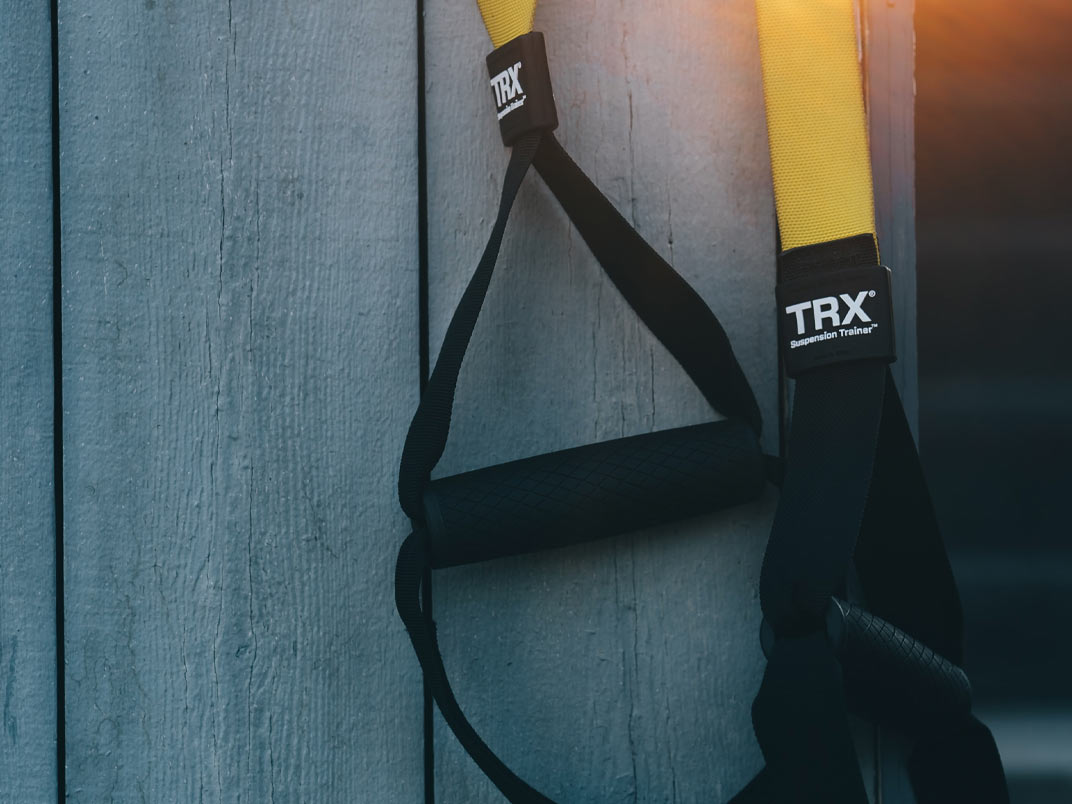
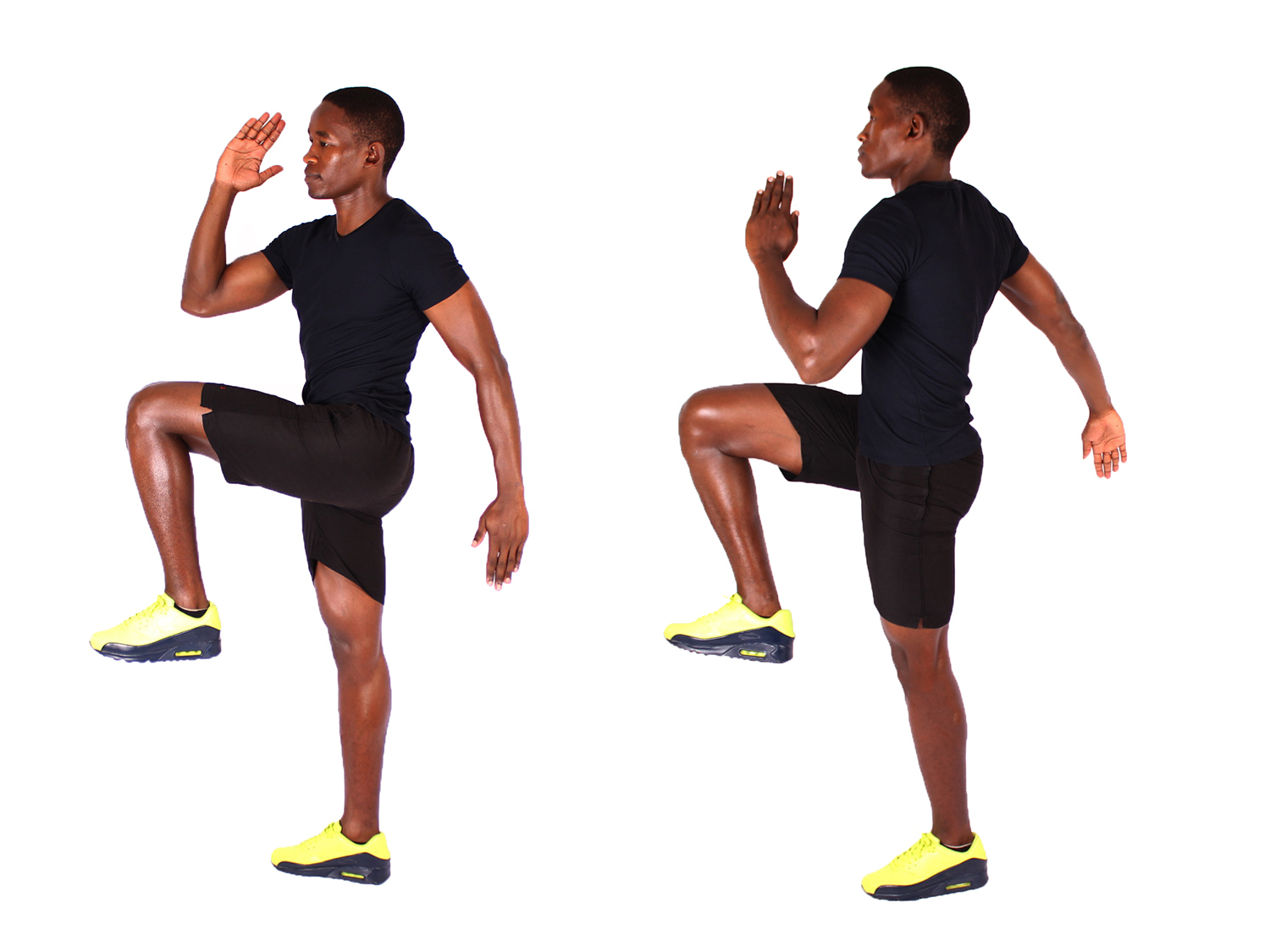

Aerobic Exercises
The key to effective aerobic exercise is maintaining a brisk pace that challenges the entire body, including the heart and lungs. These exercises help athletes improve coordination, control of body weight, range of motion, flexibility, and muscular endurance.
To maximize the benefits, include 45–60 seconds of calisthenics after each exercise in the session. This keeps your heart rate elevated, ensuring a comprehensive and thorough workout while building endurance and cardiovascular strength.
Functional Movement
Functional fitness is a type of strength training that helps your body perform daily activities. These exercises equip you for the most important type of physical fitness: the kind that preps you for real-life, day-to-day actions like bending, twisting, lifting, loading, pushing, pulling, squatting, and hauling.
Some exercise examples are:
- Farmers care
- bear crawl
- Pull up
- One-arm kettlebell snatch
- Crab Reach (Thoracic Bridge)
- Turkish Get-Up
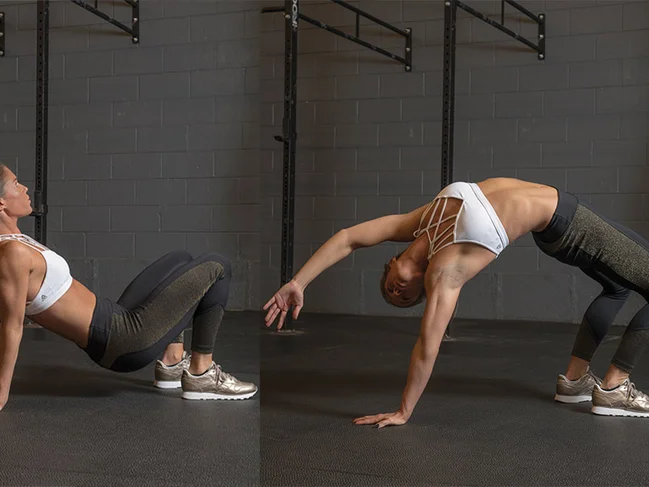

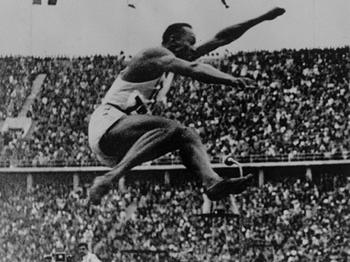

Plyometrics
Unlike typical strength training exercises that involve long, slow movements designed to increase muscular strength and mass, plyometric exercises involve quick, explosive movements designed to increase speed and power.
A plyometric exercise consists of three phases. The first is a rapid muscle lengthening movement called the eccentric phase. Second comes a short resting period called the amortization phase. Finally, the athlete engages in an explosive muscle shortening movement called the concentric phase. The athlete repeats this three part cycle as quickly as he can.
The goal of plyometric exercises is to decrease the amount of time in-between the eccentric and concentric movements. By reducing the time in-between these two movements, a man can become faster and more powerful.
Terminology
- Rep: Abbreviation for “repetition.” The number of times you lift and lower a weight in one set of an exercise. So if you lift the barbell 5 times before you rack it, that’s “5 reps.”
- Set: A group of reps. If a workout calls for 3 sets of 10 reps (3×10), you’ll perform 10 reps of the lift. That’s one set. Rest. Perform the second set of 10 reps. Rest. Perform the third set of 10.
- Supersets: combine two exercises back-to-back without a break. For example:
-
Barbell Bicep Curls 4×8
-
JM Presses 4 x 12 reps
-
Do one set of the overhead press immediately followed by the row
-
Rest for 60 seconds
-
Repeat until all four sets are complete
The main benefits of supersets are time, efficiency, and some conditioning. You cut your rest times in half because you’re working the second muscle group while the first recovers. While supersets are a tried-and-true lifting method, lifters should use them strategically. They work best for antagonist muscles and, in my experience, mostly accessory movements.
-
-
Cluster sets: break down a single set into smaller, more manageable mini-sets. Here’s a cluster set example:
-
Conventional barbell deadlift 3×4 @ 88% of 1RM
-
Rest 20 seconds in between each rep
-
Take standard rest between each set
-
-
Tempo sets (TUT: Time Under Tension): slow down the speed of each repetition, with a specific pace for each phase. Here’s an example:
-
Tempo Squat 3-1-2
-
Take 3 seconds to perform the descent
-
Pause for 1 second at the bottom
-
Take 2 seconds to perform the ascent
Tempo sets are similar to pause sets in manipulating time to create a training effect. Instead of refining technique during a specific portion, however, tempo sets enhance awareness of the total lift. They enhance mind-muscle connection, improving lift control while coordinating bracing, breathing, and tension.
-
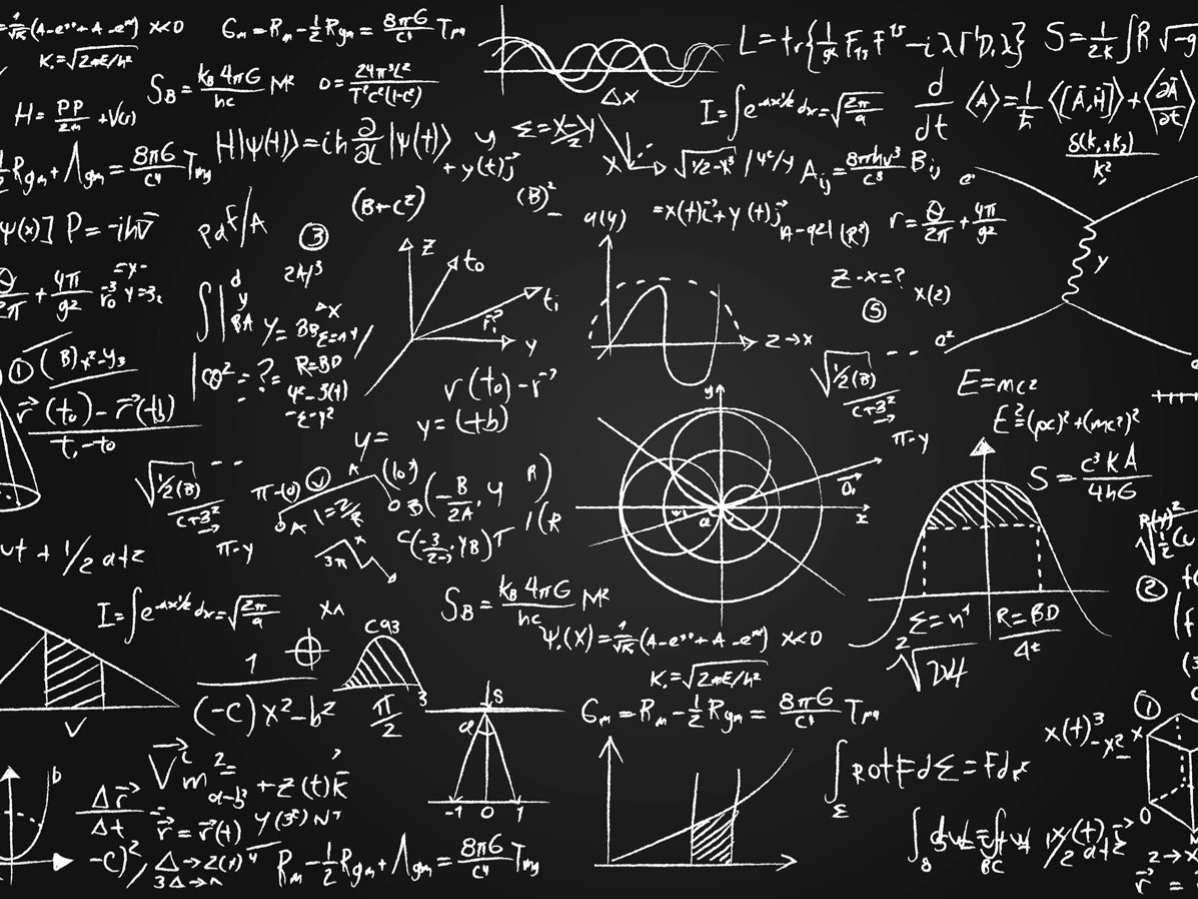



Terminology (cont.)
- Unilateral: Exercises that involve the use of only one limb or side of the body at a time. Ex: Single-leg squat, Single-arm dumbbell curl
- Bilateral: Exercises that involve the simultaneous use of both sides of the body, such as both arms or legs.
Ex: Barbell squats, Deadlifts, Bench presses,
- Flexibility: Traditionally defined as having complete range of motion around a joint. A more useful definition according to Rippetoe is the “ability of the muscles that limit motion around a joint to extend beyond their resting length.”
- Balance: Exercises that strengthen the muscles that help keep you upright, including your legs and core. These kinds of exercises can improve stability and help prevent falls.
- Concentric Contraction: The contraction of a muscle, resulting in its shortening. When you curl a dumbbell up towards your body, that’s a concentric contraction. Concentric contractions generally cause less soreness and inflammation than eccentric contractions.
- Eccentric (Negative) Contraction: The lengthening of a muscle under load. It’s the contraction that occurs in the “negative” or lowering part of a movement. For example, when you’re lowering the bar to your chest on the bench press, you experience an eccentric contraction in your chest muscles. Eccentric contractions generally cause moresoreness and inflammation than concentric contraction, because more muscle damage occurs during this portion of the movement (which isn’t necessarily a bad thing).
- Isometric Contraction: The contraction of a muscle without significant movement. For example, this is what your back, spinal erector muscles, and abdominals do during a squat or deadlift. They are in isometric contraction, but they aren’t the muscles doing the prime moving of the barbell. Really your entire “core” works this way. Its job is to stabilize, via isometric contraction, the entire trunk, so that no energy is lost between the base of support (the floor) and the load (the barbell). Another example, is when bodybuilders “flex” their muscles to force blood into the muscles without actually moving the joints that the muscles cross.
- Ballistic: Muscle contractions that exhibit maximum velocities and accelerations over a very short period of time. Characterized by high firing rates, brief contraction times, and high rates of force development.
Terminology (cont.)
- Muscular Endurance: Muscular endurance is the ability of a muscle or group of muscles to sustain repeated contractions against a resistance for an extended period of time. Long-distance and high-rep calisthenics (push-ups, pull-ups) are displays of muscular endurance.
- Circuit Training: Performing back-to-back-to-back exercises (usually 2-4 different exercises) without rest in between.
- Hypertrophy: An increase in muscle size.
- Strength: Force produced against an external resistance. When you’re lifting a barbell, the barbell acts as the external resistance. The more force you can produce, the stronger you are. Strength also makes all other physical attributes better.
- Power: Power is strength displayed quickly. It’s the ability to contract a large amount of muscle units in a short amount of time. Examples of power in action: standing vertical jump, power clean, sprinting, punching.
- Compound Movement: Exercises or movements that involve more than one joint and muscle group. Squats, deadlift, bench press, shoulder press, power cleans, and pull-ups are examples of compound movements. The benefits of compound movements are many; they give the biggest bang for your buck for the time spent on them, they work the body as a complete system instead of piece-by-piece, they create a major hormonal response that causes your body to produce more testosterone and growth hormone (naturally), and they get you bigger and stronger faster than anything else.




Terminology (cont.)
- Intent: The manner or way in which an individual intends or attempts to move his/her body, a resistance device, etc. will in many cases influence the actual direction and therein the amount and effects off the resistance.
- 1RM: Abbreviation for “one rep max.” The maximum amount of weight that you can lift for a given exercise. The easiest way to determine your 1RM is to put weight on the bar until you can’t lift it more than once. If you don’t want to do that, you can use different calculators out there that try to predict what your 1RM would be based on the weight you can lift for reps.
- Partial Lifts: Associated with building strength. Consist of shortening the range of motion to allow you to either lift more weight than you can on the full-range movement or do more reps per set with a maximal load.
- Olympic lifts: Resistance technique that can help increase strength, power, and flexibility. Lifts include: Snatch, Clean, Deadlift, Squat, and Jerk.
- Accessory/Auxiliary Exercise: Accessory exercises are performed after the main and supplemental exercises for the purposes of increased work capacity, antagonist muscle training (the opposite of the main muscle groups you just trained), hypertrophy, prehab, rehab, and support of the main lifts. Pull-ups, bicep curls, and ab work are good examples of auxiliary exercises to a barbell strength training program.
- Delayed onset muscle soreness (DOMS): Muscular soreness due to inflammation that often occurs 1-2 days after unaccustomed exercise. Also called “myositis.”
- Derivatives lifts: Weightlifting derivatives are variations of the competition lifts (i.e., snatch and clean and jerk) that either modify or omit a portion of the lift. Weightlifting derivatives may be classified as catching, pulling or overhead pressing derivatives.
- PAP: Post-activation potentiation (PAP) is defined as an acute increase in performance following a high-load stimulus, often elicited through the use of heavy strength training exercises. The short-term improvement (5-30 mins) of PAP on jumping performance has been extensively studied over the past two decades
Home Gym Setup
Put together your Home Gym
Setting up a Home Gym is a safe and effective way to train year round.
Set up an area with enough space to move around and allow you to have equipment set in place instead of a set-up to take-down area. The area should have good ventilation and a cool temperature. Spare room, garage, and/or basement are popular options.
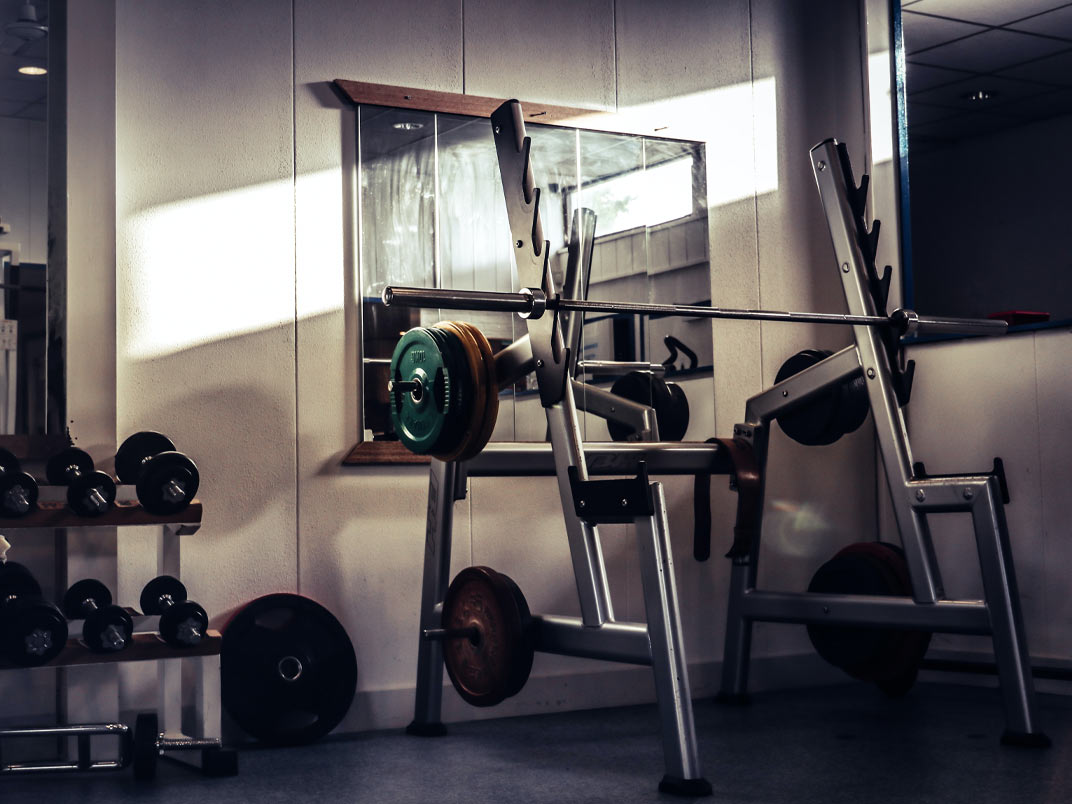

Heavy Equipment Needed
Dumbbells, Barbells, Bars, Plates, & Kettlebells
* Rubber Weight Plate weights:
- 2-4 x 5 lbs plates
- 2-4 x 10 lbs plates
- 2 x 25 lbs plates
- 2 x 45 lbs plates
** Kettlebell weights:
- Males: 16, 20, 24 kilos
- Females: 8, 12, 20 kilos
Other Equipment Needed
Mats, Rack Cages, Benches, Balls, Bands, & TRX
- Rubber Mats
- Exercise Mat
- Power Rack Cage
- Adjustable Bench
- Bosu Balance Ball
- “Swiss” Stability Exercise Ball
- TRX Suspension Trainer
- Rubber Exercise Bands (Set of 3)



